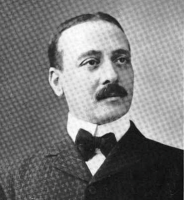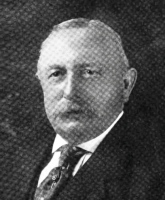Another picture, another theory.....

Note that the words "PAT. APL'D FOR" are inverted on my example. My theory is that around 1903 and 1904, when Gillette was just beginning to establish their production lines, skilled machinists were almost non-existent, and ones skilled in producing parts from patterns scarcer still. I feel that the odds are that the split locking nuts were produced by a skilled machinist, while the far less complex inner locking tube was produced by those lesser skilled.... as time progressed, and more machinists were trained, this was no longer necessary for production, and they turned to the one piece locking tube. The same applies to those in charge of quality control, as evidenced by the inverted patent line. As more inspectors were trained, these errors became less frequent.
Cheers,
Kevin
Note that the words "PAT. APL'D FOR" are inverted on my example. My theory is that around 1903 and 1904, when Gillette was just beginning to establish their production lines, skilled machinists were almost non-existent, and ones skilled in producing parts from patterns scarcer still. I feel that the odds are that the split locking nuts were produced by a skilled machinist, while the far less complex inner locking tube was produced by those lesser skilled.... as time progressed, and more machinists were trained, this was no longer necessary for production, and they turned to the one piece locking tube. The same applies to those in charge of quality control, as evidenced by the inverted patent line. As more inspectors were trained, these errors became less frequent.
Cheers,
Kevin









